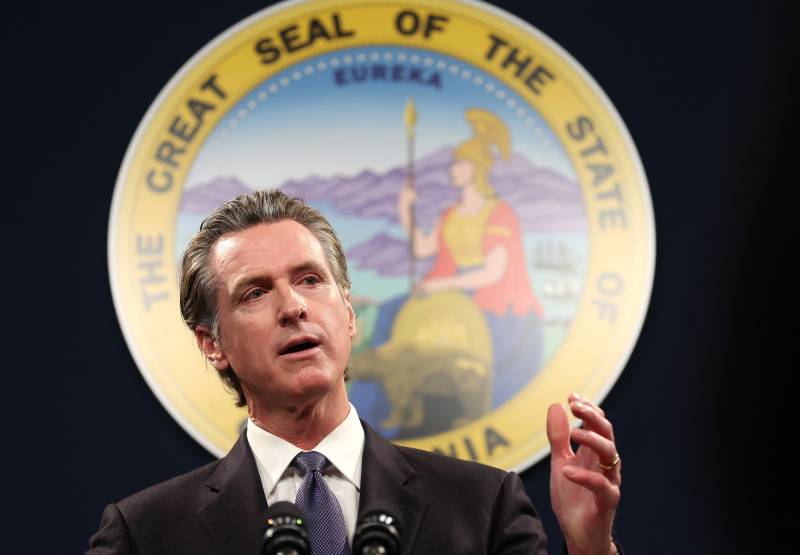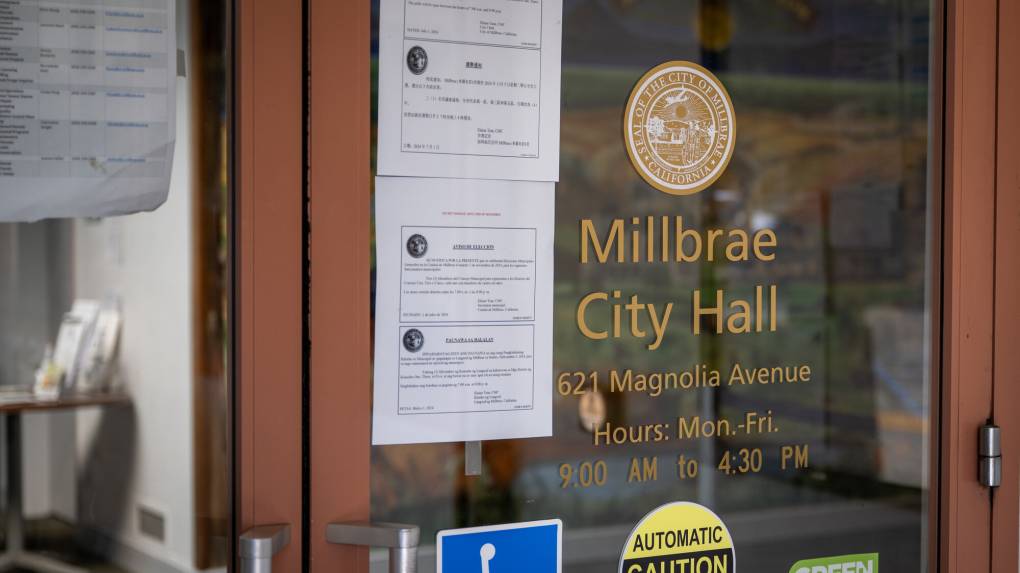“Poverty is violent, and constantly sweeping folks does nothing to solve homelessness,” said Lukas Illa, an organizer with San Francisco’s Coalition on Homelessness. “There is no recognition of people’s humanity in the scope of this authorization — on these mass sweeps across California.”
Local government leaders have justified the sweeps by pointing to risks to public safety posed by encampments. Last week, San Francisco Mayor London Breed said the city would begin issuing citations and other penalties to people who refuse offers of shelter.
“Those citations can get progressive, and they could lead to a misdemeanor if people refuse services,” she said. “We are going to make them so uncomfortable on the streets of San Francisco that they have to take our offer. That really is the goal of what we’re trying to accomplish.”
Harold Duffey, Oakland’s acting homeless administrator, said Thursday on KQED’s Forum that cities should have more authority to protect public property.
“We are seeing the destruction of modern-day infrastructure — you can look and see an encampment right next to a power line with propane tanks,” Duffey said. “We don’t criminalize homelessness, but being unhoused does not give you an excuse to break the law.”
On Tuesday, Oakland officials cleared a small encampment from a beach near the Bay Bridge whose residents had sued to prevent their eviction in an early test of the Supreme Court’s decision in City of Grants Pass, Oregon v. Johnson. That decision gave cities more power to regulate encampments on sidewalks and public property, overturning a lower court’s ruling that found local laws fining or jailing people for sleeping outside in the absence of any viable alternative shelter amounted to cruel and unusual punishment.
Justice Neil Gorsuch, who wrote the high court’s majority opinion, said a “handful of federal judges” could not instruct cities on “how best to handle a pressing social question like homelessness.”
The League of California Cities and the Bay Area Council, a business organization, both lauded Newsom’s executive order.
“Cities throughout the state are already enforcing their laws against unsafe encampments consistent with the clarity in the Grants Pass ruling created, and we are pleased to see the governor joining cities in these efforts,” said Jason Rhine, director of legislative affairs for the League of California Cities. “However, safely clearing encampments with dignity is only one part of the solution to address our state’s affordable housing and homelessness crisis.”
Since July 2021, cities and state agencies have cleared more than 11,000 encampments and removed almost 250,000 cubic yards of debris from public areas and streets, according to the governor’s office.
Still, housing advocates point to research showing that encampment sweeps are often costly to local governments and don’t often result in unhoused people finding permanent housing. According to a 2022 National League of Cities study, California can only offer year-round beds to about 21% of its unhoused residents.
“The state and local governments are giving a nurse a band-aid and expecting her to fix a broken leg, and then getting upset when the leg is still broken,” said Edie Irons, a spokesperson for the homelessness policy organization All Home. “The only solutions that work are the ones that experts are repeatedly saying are necessary: real affordable housing [and] preventing homelessness before it starts.”
KQED’s Sydney Johnson contributed to this report.

